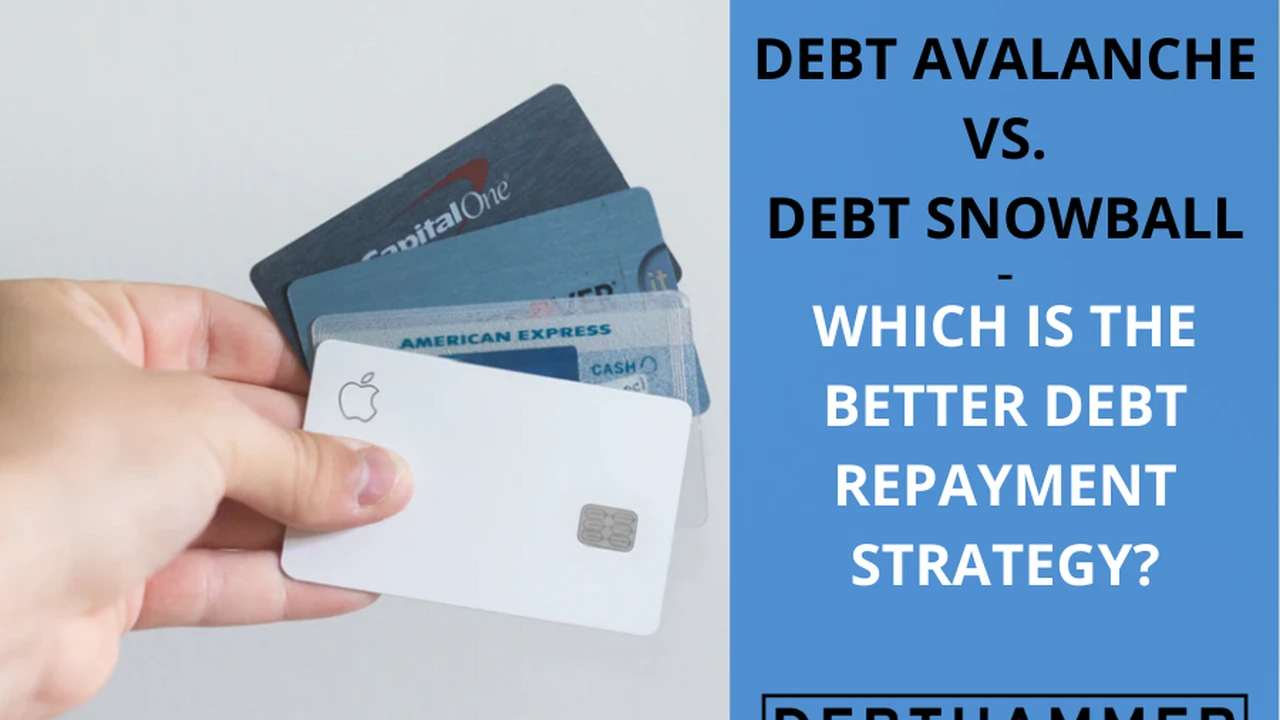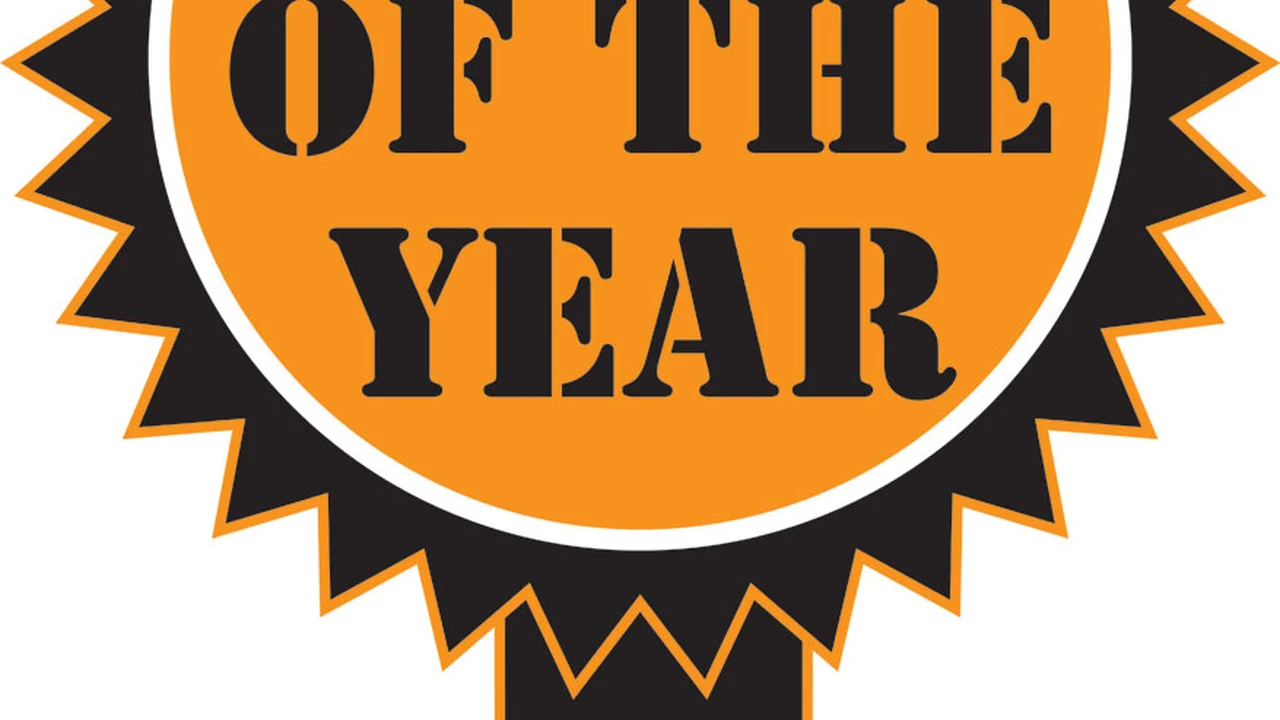Comparing Debt Snowball vs Debt Avalanche Methods
Evaluate the debt snowball and debt avalanche methods to determine the most effective strategy for your debt repayment.

Debt Snowball vs Debt Avalanche Your Ultimate Guide to Faster Debt Freedom
Hey there, money-savvy friends! Are you tired of that nagging feeling of debt hanging over your head? You're not alone. Millions of people are looking for the best way to tackle their debts, and two popular strategies often come up: the Debt Snowball and the Debt Avalanche. Both aim to get you debt-free, but they approach the problem from very different angles. Let's dive deep into each method, compare them, and help you figure out which one is your personal fast track to financial freedom.
Understanding the Debt Snowball Method The Psychological Win
The Debt Snowball method, famously popularized by financial guru Dave Ramsey, is all about momentum and psychological wins. Here's how it works:
- List Your Debts: First, list all your debts from the smallest balance to the largest, regardless of the interest rate.
- Minimum Payments: Make minimum payments on all your debts except for the smallest one.
- Attack the Smallest: Throw every extra dollar you have at that smallest debt until it's completely paid off.
- Roll It Over: Once the smallest debt is gone, take the money you were paying on it (the minimum payment plus any extra you were throwing at it) and add it to the minimum payment of your next smallest debt.
- Repeat: Continue this process, 'snowballing' your payments, until all your debts are paid off.
Why the Debt Snowball Works for Many People Building Momentum
The biggest advantage of the Debt Snowball is the psychological boost you get from quickly paying off smaller debts. Imagine paying off your first debt in a month or two – that feeling of accomplishment is incredibly motivating. It keeps you going, even when the journey feels long. It's like pushing a small snowball down a hill; it gathers more snow and gets bigger and faster as it rolls. This method is particularly effective for individuals who need quick wins to stay motivated and committed to their debt repayment plan.
Real-World Scenario Debt Snowball in Action
Let's say you have these debts:
- Credit Card A: $500 (18% APR) - Minimum Payment: $25
- Personal Loan: $2,000 (10% APR) - Minimum Payment: $50
- Credit Card B: $3,000 (22% APR) - Minimum Payment: $75
- Car Loan: $10,000 (5% APR) - Minimum Payment: $200
And you have an extra $100 per month to put towards debt.
Debt Snowball Steps:
- Target Credit Card A ($500): You pay $25 (minimum) on Personal Loan, $75 on Credit Card B, $200 on Car Loan. You pay $25 (minimum) + $100 (extra) = $125 on Credit Card A.
- Credit Card A Paid Off: Once Credit Card A is gone, you now have $125 extra.
- Target Personal Loan ($2,000): You pay $75 on Credit Card B, $200 on Car Loan. You pay $50 (minimum) + $125 (from Credit Card A) = $175 on Personal Loan.
- Personal Loan Paid Off: Now you have $175 extra.
- Target Credit Card B ($3,000): You pay $200 on Car Loan. You pay $75 (minimum) + $175 (from Personal Loan) = $250 on Credit Card B.
- Credit Card B Paid Off: You now have $250 extra.
- Target Car Loan ($10,000): You pay $200 (minimum) + $250 (from Credit Card B) = $450 on Car Loan.
You can see how the payment amount 'snowballs' as you pay off each debt, giving you a powerful sense of progress.
Exploring the Debt Avalanche Method The Mathematical Advantage
The Debt Avalanche method is the mathematically superior choice. It focuses on saving you the most money on interest. Here's the breakdown:
- List Your Debts: List all your debts from the highest interest rate to the lowest, regardless of the balance.
- Minimum Payments: Make minimum payments on all your debts except for the one with the highest interest rate.
- Attack the Highest Interest: Throw every extra dollar you have at the debt with the highest interest rate until it's completely paid off.
- Roll It Over: Once the highest interest debt is gone, take the money you were paying on it and add it to the minimum payment of your next highest interest rate debt.
- Repeat: Continue this process until all your debts are paid off.
Why the Debt Avalanche is Financially Smarter Saving Money on Interest
The primary benefit of the Debt Avalanche is that it minimizes the total amount of interest you pay over the life of your debts. By targeting the highest interest rates first, you're essentially stopping the bleeding from the most expensive debts. This means you'll get out of debt faster and save more money in the long run. If your primary goal is to be as financially efficient as possible, this is your go-to strategy.
Real-World Scenario Debt Avalanche in Action
Using the same debts as before:
- Credit Card A: $500 (18% APR) - Minimum Payment: $25
- Personal Loan: $2,000 (10% APR) - Minimum Payment: $50
- Credit Card B: $3,000 (22% APR) - Minimum Payment: $75
- Car Loan: $10,000 (5% APR) - Minimum Payment: $200
And you still have an extra $100 per month.
Debt Avalanche Steps:
- Target Credit Card B ($3,000, 22% APR): You pay $25 (minimum) on Credit Card A, $50 on Personal Loan, $200 on Car Loan. You pay $75 (minimum) + $100 (extra) = $175 on Credit Card B.
- Credit Card B Paid Off: Once Credit Card B is gone, you now have $175 extra.
- Target Credit Card A ($500, 18% APR): You pay $50 on Personal Loan, $200 on Car Loan. You pay $25 (minimum) + $175 (from Credit Card B) = $200 on Credit Card A.
- Credit Card A Paid Off: Now you have $200 extra.
- Target Personal Loan ($2,000, 10% APR): You pay $200 on Car Loan. You pay $50 (minimum) + $200 (from Credit Card A) = $250 on Personal Loan.
- Personal Loan Paid Off: You now have $250 extra.
- Target Car Loan ($10,000, 5% APR): You pay $200 (minimum) + $250 (from Personal Loan) = $450 on Car Loan.
While the initial wins might not feel as immediate as with the snowball, the long-term savings are significant.
Debt Snowball vs Debt Avalanche Which One is Right for You Making the Smart Choice
So, how do you choose? It really boils down to your personality and what motivates you most. There's no single 'best' method for everyone.
Choose Debt Snowball If You Need Motivation and Quick Wins
- You feel overwhelmed by your debt and need to see progress quickly.
- You've tried other methods and lost motivation.
- You have several small debts that you can pay off relatively fast.
- The psychological boost of eliminating debts is more important to you than saving the absolute maximum on interest.
Choose Debt Avalanche If You Are Disciplined and Want to Save Money
- You are highly disciplined and don't need external motivation from quick wins.
- You want to pay the least amount of interest possible.
- You have high-interest debts (like credit cards) that are costing you a lot of money.
- You are comfortable with a longer initial period before seeing a debt completely eliminated.
Tools and Resources to Help You on Your Debt-Free Journey Essential Apps and Platforms
No matter which method you choose, having the right tools can make a huge difference. Here are some popular apps and platforms that can help you track your progress, manage your budget, and stay motivated:
Budgeting and Debt Tracking Apps
1. YNAB You Need A Budget
- Description: YNAB is a powerful budgeting app that follows a 'zero-based budgeting' philosophy, meaning every dollar has a job. While not specifically a debt repayment app, its robust budgeting features make it excellent for finding extra money to put towards your debt. You can easily track your spending, allocate funds, and see your progress towards debt freedom.
- Key Features: Real-time syncing with bank accounts, goal tracking, detailed reports, and a strong community.
- Use Case: Perfect for those who want to get a complete handle on their finances and find every possible dollar to accelerate debt repayment.
- Pricing: Typically around $14.99/month or $99/year. They often offer a free trial.
2. Undebt.it
- Description: Undebt.it is a free, web-based debt management tool specifically designed to help you choose and implement a debt repayment strategy. It allows you to input all your debts and then visualize how long it will take to pay them off using various methods, including both Debt Snowball and Debt Avalanche.
- Key Features: Supports multiple repayment strategies, calculates interest savings, allows custom payment plans, and offers a clear visual representation of your debt journey.
- Use Case: Ideal for someone who wants to compare the exact financial outcomes of the Snowball vs. Avalanche methods for their specific debts before committing.
- Pricing: Free, with an optional paid 'Plus' version for advanced features (e.g., syncing with financial accounts).
3. Mint
- Description: Mint is a popular free personal finance app that helps you track your spending, create budgets, and monitor your credit score. While it doesn't explicitly guide you through the Snowball or Avalanche methods, its comprehensive overview of your financial situation can help you identify areas where you can cut back and free up cash for debt payments.
- Key Features: Budgeting, bill tracking, credit score monitoring, investment tracking, and spending categorization.
- Use Case: Great for those who want a holistic view of their finances and need help identifying where their money is going to find extra funds for debt.
- Pricing: Free.
4. Tally
- Description: Tally isn't just a tracking app; it's a credit card debt manager. It helps you pay down high-interest credit card debt by offering a lower-interest line of credit to consolidate your balances. It also automates payments and helps you avoid late fees. While it doesn't directly implement Snowball or Avalanche, it can significantly reduce the interest burden, making either method more effective.
- Key Features: Consolidates credit card debt, automates payments, helps avoid late fees, and offers a lower APR.
- Use Case: Best for individuals with significant credit card debt who are looking for a way to lower their interest rates and simplify their payments.
- Pricing: Tally earns money from the interest on its line of credit, which is typically lower than credit card APRs.
Comparison of Debt Management Tools
| Tool Name | Primary Function | Best For | Key Differentiator | Typical Cost |
|---|---|---|---|---|
| YNAB | Comprehensive Budgeting | Finding extra money for debt, disciplined budgeters | Zero-based budgeting philosophy, strong community | ~$15/month or $99/year |
| Undebt.it | Debt Repayment Strategy Simulation | Comparing Snowball vs. Avalanche, visual planners | Free, dedicated debt payoff calculator and visualizer | Free (Plus version optional) |
| Mint | Overall Financial Tracking | Holistic financial overview, spending analysis | Free, integrates all financial accounts | Free |
| Tally | Credit Card Debt Management | Reducing credit card interest, automating payments | Offers a lower-interest line of credit to consolidate | Interest on line of credit (lower than credit cards) |
Beyond the Methods Staying Debt-Free and Building Wealth
Getting out of debt is a massive achievement, but it's just the first step. Once you're debt-free, the real fun begins: building wealth! Here are some quick tips to ensure you stay on track and start growing your money:
Build an Emergency Fund Your Financial Safety Net
Before you even think about investing, make sure you have a solid emergency fund. This should be 3-6 months' worth of living expenses saved in an easily accessible, high-yield savings account. This fund acts as a buffer against unexpected expenses, preventing you from falling back into debt.
Start Investing Early and Consistently The Power of Compounding
Once your emergency fund is solid, start investing! The earlier you begin, the more time your money has to grow thanks to the magic of compound interest. Consider contributing to your employer's 401(k) (especially if there's a company match – that's free money!), Roth IRAs, or a diversified investment portfolio.
Continue Budgeting and Tracking Your Money Financial Awareness
Don't abandon your budgeting habits just because you're debt-free. Continue to track your income and expenses. This financial awareness will help you make smart decisions, save for future goals, and avoid accumulating new debt.
Set New Financial Goals Dream Big
What's next? A down payment on a house? Retirement? A dream vacation? Set new, exciting financial goals to keep yourself motivated and focused on building a brighter financial future. Celebrate your wins along the way, and remember that every step you take brings you closer to true financial freedom.
Whether you choose the Debt Snowball for its motivational power or the Debt Avalanche for its mathematical efficiency, the most important thing is to choose a method and stick with it. Consistency and discipline are your best friends on the journey to becoming debt-free. You've got this!
:max_bytes(150000):strip_icc()/277019-baked-pork-chops-with-cream-of-mushroom-soup-DDMFS-beauty-4x3-BG-7505-5762b731cf30447d9cbbbbbf387beafa.jpg)






